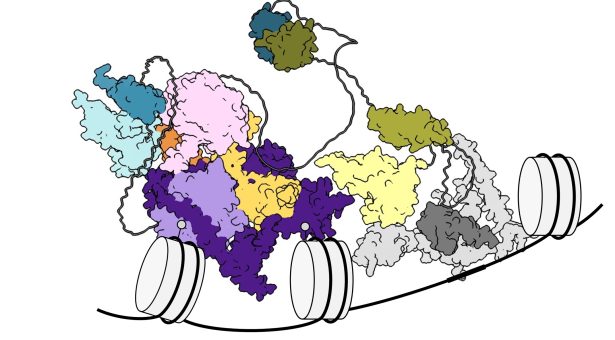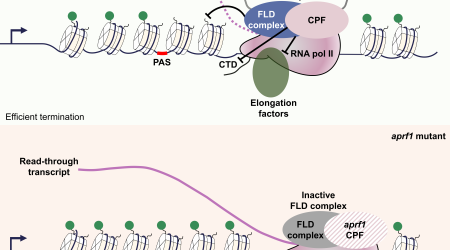The Intricate Mechanisms of Epigenetic Silencing

Epigenetic silencing, which involves the suppression of gene activity, is a fascinating and increasingly influential branch of biological sciences. It allows cells to remember and maintain specific gene expression patterns throughout development and respond to environmental cues such as winter cold in the case of vernalization in plants.
The silencing activity, conserved in both animals and plants, is crucial for proper development and cellular differentiation. In humans, abnormalities in PRC2 (Polycomb Repressive Complex 2) – a protein complex that silences genes – can lead to various diseases, including cancer, neurodegenerative disorders, and developmental defects.
A collaboration between the group of Professor Caroline Dean at the John Innes Centre and the group of Dr. Mariann Bienz at the MRC Laboratory of Molecular Biology, Cambridge, has shed new light on this area of research.
The team investigated the roles of two Arabidopsis thaliana proteins (VIN3 and VRN5) involved in PRC2-mediated epigenetic silencing of the floral repressor gene FLC during vernalization. They show they are accessory proteins for PRC2-mediated epigenetic silencing, helping to trigger the epigenetic switch. They also show that these proteins have many targets in the Arabidopsis genome.
The team used their expertise in protein interaction and structure analysis to characterize the properties of these proteins and combined this with plant experiments to investigate the functional context of these findings. The research, which appears in the journal Genes & Development, uncovers the distinct roles of the two proteins in conferring PRC2-mediated epigenetic silencing of FLC and other genes.
The team are now further investigating the distinct roles of VIN3 and VRN5 that we started to uncover here to understand how they modulate PRC2 function in epigenetic silencing.”
Distinct accessory roles of Arabidopsis VEL proteins in Polycomb silencing is in Genes and Development
In detail:
- The study finds that conformations of central protein domains in VRN5 defines its interaction with the protein complex Repressive Polycomb Complex 2 (PRC2), whose activity results in the deposition of lysine marks at histone H3 (H3K27me3) as a hallmark of epigenetic silencing.
- By contrast, VIN3 depends on VRN5 to associate with PRC2 and distinctly interacts with VAL1, a transcriptional repressor that binds directly to the FLC gene during vernalization.
- Although VIN3 and VRN5 were originally identified as vernalization regulators, the study finds that they co-associate with many other genes in the Arabidopsis genome that are modified with H3K27me3.
- Funding: European Research Council Advanced Grant (EPISWITCH, 833254)
Welcome Trust (210654/Z/18/Z) BBSRC (Biotechnology and Biological Sciences Research Council) Institute Strategic Programmes (BB/J004588/1 and BB/P013511/1) Royal Society Professorship (RP\R1\180002) to Caroline Dean. Medical Research Council (U105192713) to Mariann Bienz



